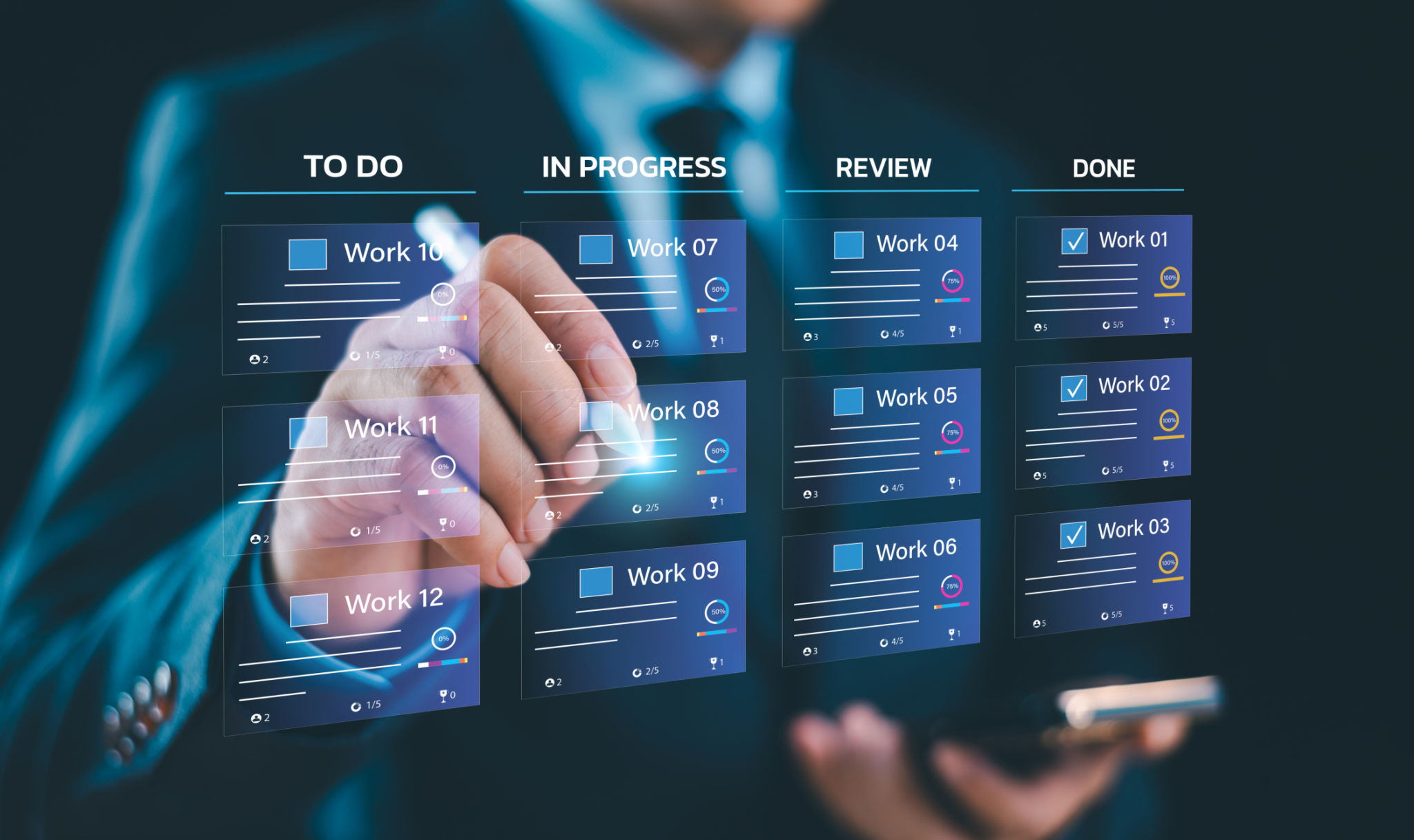The Role of Graphic Design in Effective Project Management
Where Graphic Design & Project Management
Graphic design plays a crucial role in clear communication by transforming complex data and ideas into easily digestible visuals. By leveraging graphic design, project managers can enhance understanding among stakeholders, streamline processes, and ultimately, achieve project goals more efficiently.
Graphic design is not just about aesthetics; it's about functionality and clarity. It serves as a visual language that bridges the gap between abstract concepts and tangible understanding. This is especially important when dealing with diverse teams or clients who may not be familiar with technical jargon or intricate project details. People are divided into two camps, visual learners and technical learners. Proper graphics will allow the visual learners to reach the point of understanding that technical learners reach from technical jargon.

Streamlining Processes with Design Tools
Graphic design tools offer project managers the ability to create detailed project plans and presentations that are both informative and visually appealing. Software such as Adobe Creative Suite or Canva allows for the creation of custom graphics that can be tailored to specific project needs. These tools enable managers to present data in a way that is accessible to all stakeholders, regardless of their technical expertise. Of course, AI can now be used to generate the graphics as well as analyze the data to project for different teams and different purposes.

Boosting Stakeholder Engagement
Engaging stakeholders is critical to the success of any project. Visual storytelling through graphic design can capture the attention of stakeholders more effectively than traditional methods. By presenting data visually, project managers can highlight key points, making it easier for stakeholders to grasp complex information quickly.
For instance, a well-crafted infographic can summarize the project's progress, challenges, and next steps in a single glance. This not only saves time but also encourages stakeholder participation by making them feel more connected to the project's journey. Moreover, using consistent design elements across all project documentation establishes a sense of professionalism and coherence. This uniformity helps to maintain focus and ensures that all team members and stakeholders are on the same page.

The Impact on Decision-Making
Informed decision-making is a critical component of project management. Graphic design aids in this process by providing clear visual representations that allow for quick analysis and insight extraction. Decision-makers can identify trends, patterns, and anomalies more rapidly when data is presented visually.
This capability is especially important in dynamic environments where swift decision-making can make or break a project's success. By using graphic design to present real-time data updates, project managers can ensure that all decisions are based on the most current information available.
Conclusion: The Strategic Advantage of Graphic Design
Incorporating graphic design into project management provides a strategic advantage that goes beyond mere aesthetics. It enhances communication, facilitates collaboration, and supports informed decision-making—all crucial elements for driving projects to successful completion.
As the landscape of project management continues to evolve, embracing graphic design as an integral part of the process will undoubtedly yield significant benefits. By doing so, project managers can ensure that their projects not only meet objectives but do so with clarity and creativity.